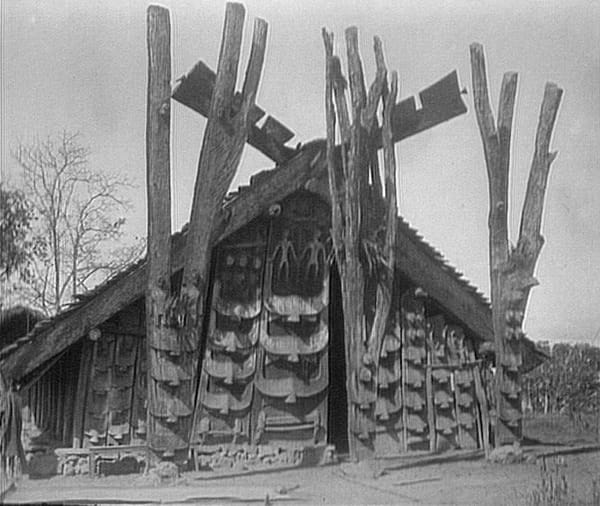Nagaland: The Carbon Credit Frontier Drawing Global Investment and Opportunities for Inclusive Growth
Why are Japan's Government and the World Bank suddenly eyeing Nagaland for massive investments? This surge of interest can be traced back to Nagaland's vast forests, which offer immense potential in the carbon credit market.

In recent months, Nagaland has emerged as a hotspot for international investment, with the Japanese government and the World Bank leading the charge. This surge of interest can be traced back to Nagaland's vast forests, which offer immense potential in the carbon credit market. A viral Twitter thread has broken down this complex topic, shedding light on why the world’s eyes are suddenly on this small northeastern state.
Why are Japan's Government and the World Bank suddenly eyeing Nagaland for massive investments? In this thread, I'll break it down simply and show you how to seize this opportunity. Get ready for a deep dive—this journey will be long and full of revelations. ✍️
— Ash (@Broski_Ash) September 1, 2024
Here's the link to the original tweet
The Paris Agreement and the Global Push for Net Zero
The foundation for this interest was laid in 2015 when 195 nations united in Paris to sign the historic Paris Agreement at the UN Climate Change Conference (COP21) on 12 December 2015. This global pact aimed to reduce carbon emissions to combat climate change, with the goal of achieving net-zero emissions by 2050. As part of this effort, countries that exceed their emission limits must offset their pollution by investing in emission-reducing activities, such as forest conservation. Carbon credits are a key component of this system. For every ton of CO2 that a forest removes from the atmosphere, it generates one carbon credit, which can be sold to countries or companies looking to offset their emissions.

According to the Twitter user Ash, who goes by @Broski_Ash, this is where Nagaland’s forests come into play. "Nagaland today is sitting on one of the largest gold mines of these credits," Ash explains, pointing to the state’s vast, lush green forests as its most valuable asset in the fight against climate change.
Nagaland’s Forests: A Carbon Credit Goldmine
Nagaland boasts over 600,000 hectares of forest, which could potentially generate up to 150 million carbon credits per year. Even at a conservative estimate of $10 per credit, this would equate to $1.5 billion (₹12,500 crores) annually. However, Ash points out that the real market price for carbon credits in Europe has already crossed €100 per ton, making this estimate significantly conservative.





